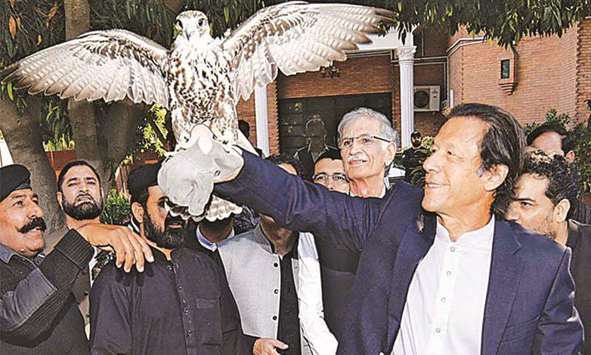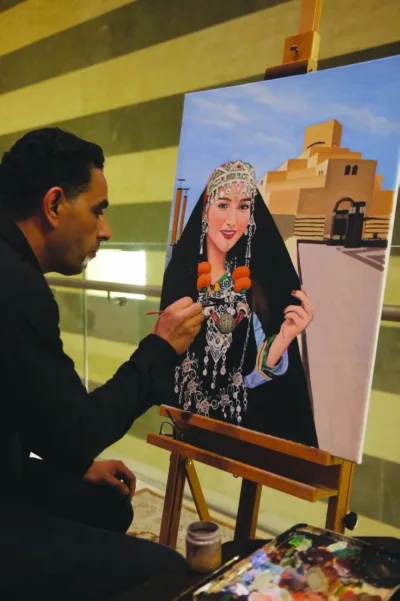Nearly 5,000 to 6,000 falcons are trapped and smuggled out of Pakistan every year, sources in the Ministry of Climate Change said on Saturday.
To escape the harsh winters of Siberia, falcons migrate thousands of miles, making stops for rests and continuing on their journey to warmer regions in the south.
“Thousands of these birds are trapped during their transit through Pakistan, where they stop to rest.
The rate at which falcons are trapped is so high that international conferences have been called in the recent past to find solutions to the massive decline in falcon population in Russia, Kazakhstan, Uzbekistan, Kyrgyzstan and Turkmenistan,” a senior official of the climate change ministry said.
According to the officials, there are several methods of smuggling falcons out of Pakistan through Afghanistan and Iran.
According to one of the officials, falcons cannot be used for hunting the endangered hubara bustard for more than two seasons and are released back into the wild after a year and a half.
Unlike in the wild where falcons hunt for food once or twice a day, falcons in captivity are forced to hunt several dozen hubara bustards in a few days.
The forced labour takes a heavy toll on the bird’s wings, making them less manoeuvrable in high speed hunting.
These falcons become useless for hunting in the future, the official said.
“Once a falcon loses its charm in the eyes of its owner, it is dumped in Pakistan and a new bird of prey is purchased from illegal trappers,” the official said.
Ministry of Climate Change Director Biodiversity Dr Naeem Ashraf Raja said the illegal trapping and smuggling was a massive crime that was going unchecked.
He suggested a method for saving thousands of falcons which is based on community involvement.
“We will like to suggest legalising falcon trapping. It sounds as bizarre as trophy hunting Markhor Goat, but we can legalise trapping 10 to 20 falcons a day and sell them legally through auctions,” Dr Raja said.
The official explained that without a sustainable programme that benefited communities who have been involved in the business for three or four generations, falcons will disappear from the wild.
“Once the communities know that a healthy falcon will fetch anywhere between $0.5mn to $1mn and the money would go to community development, the 6,000 birds trapped a year will be reduced to 60 or 70,” Dr Raja said.
He added that the proposal had been discussed and even hunters had liked the idea.
“Just like there was resistance to trophy hunting Markhors but it eventually helped in saving the endangered wild goat’s population, there is similar resistance by animal lovers to this idea of legally trapping falcons.
However, we are open to better ideas to save the endangered species of falcons,” Dr Raja said.

File picture of Pakistan Tehrik-e-Insaf Party chief Imran Khan releasing a seized falcon.


